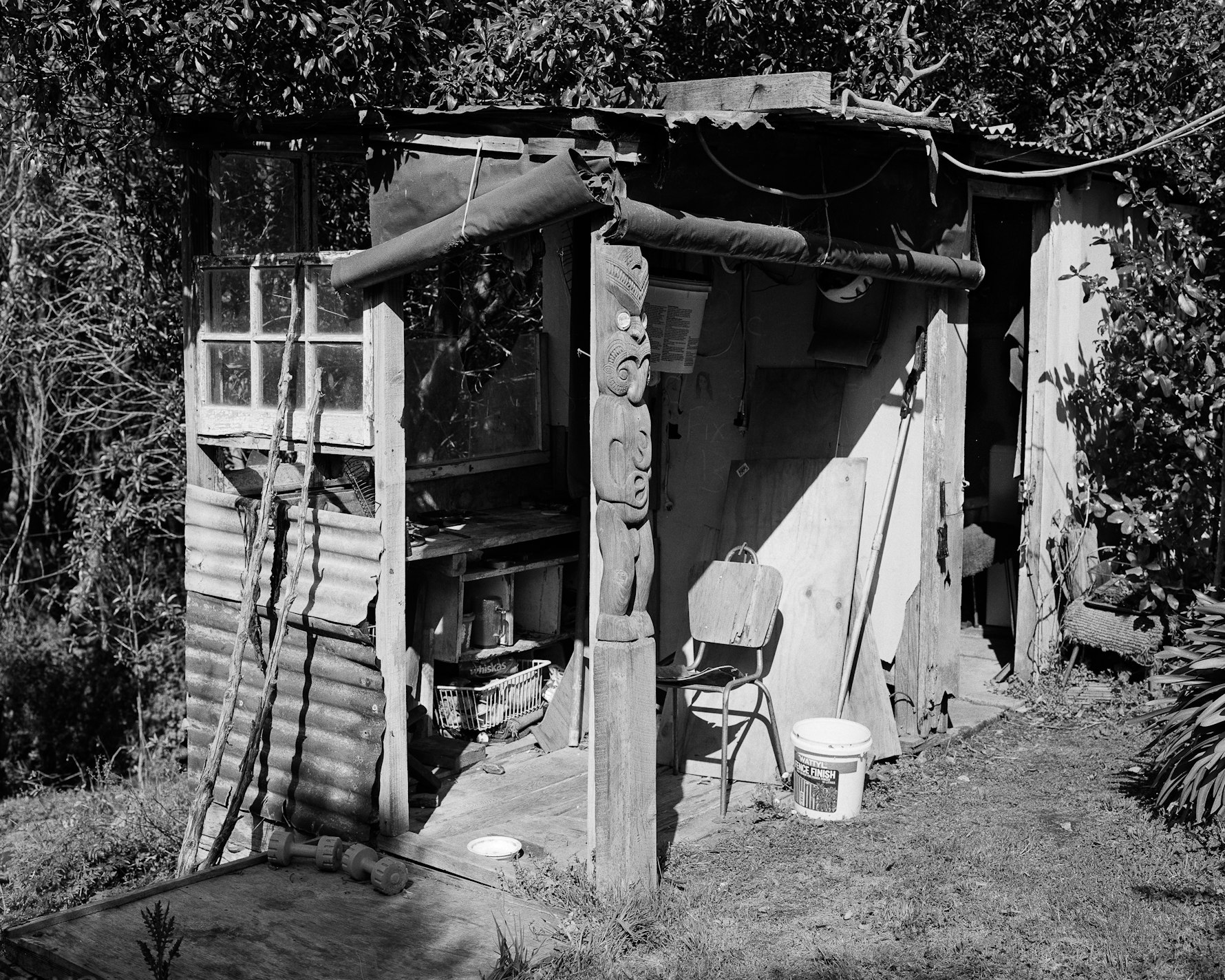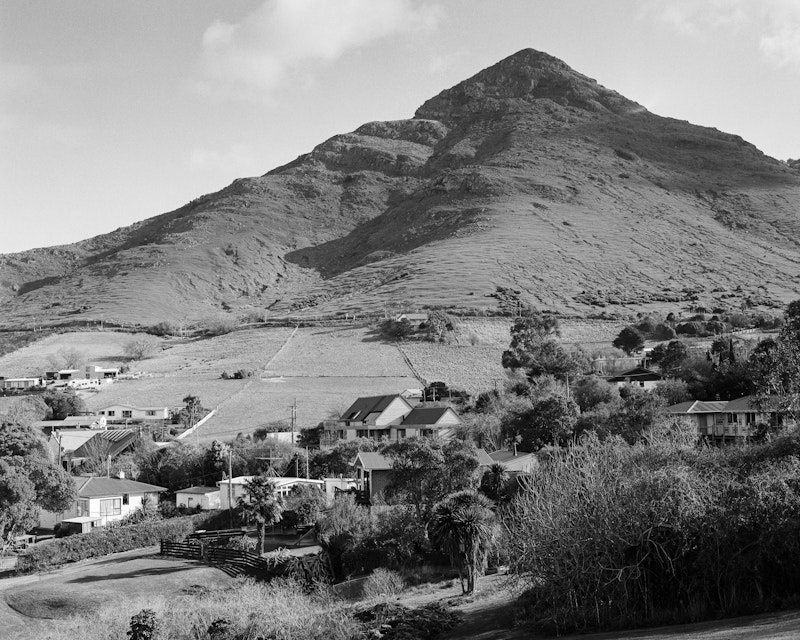
The cone shaped hill which over looks Rapaki is known as Te Poho-o-Tamatea (The breast of Tamatea) and is named after the great explorer Tamatea-Pokai-Whenua (Tamatea the Seeker of Lands). It is told that Tamatea, who was part of the Waitaha tribe, first entered Lyttelton harbour - which he named Whakaraupō due to the abundance of raupō which grew on the foreshores – around the mid-fourteenth centuary. It was on this first visit to Whakaraupō that Tamatea give his name to the cone-shaped hill which overlooks Rāpaki before continuing on to explore the South Island in the canoe, Takitimu.
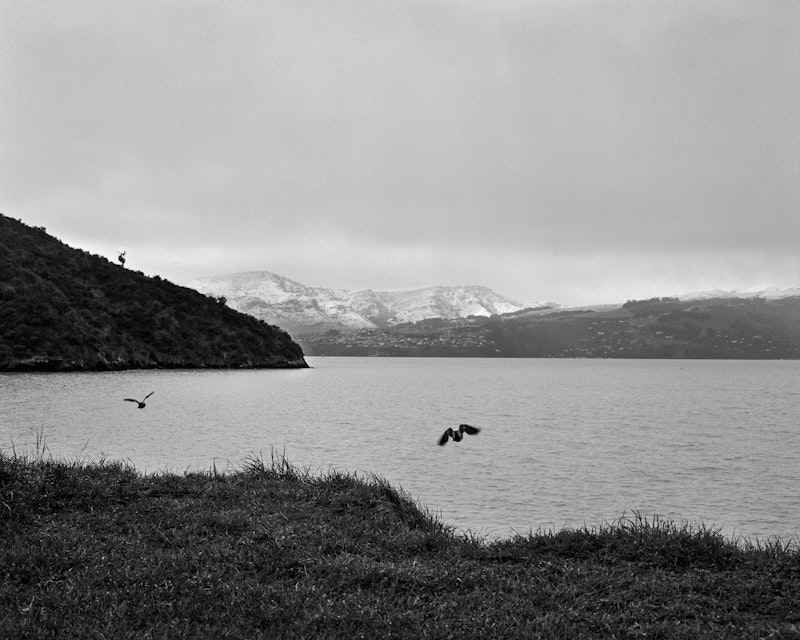
Towards the end of the fifteenth century the Ngāti Māmoe tribe settled in Rāpaki, followed in the eighteenth centuary by Ngāi Tahu. Te Rangi Whakaputa, the chief of Ngāi Tahu was accompanied by his two sons, Te Wheke and Manuwhiri when they journeyed into Whakaraupō. Rāpaki was chosen by Te Rangi as a suitable home for his people. He drew his canoe up to the beach, stepped ashore and placed his rāpaki (waist mat) on the ground, making the valley tapu. This is how Rāpaki received its full title, Te Rāpaki o Rangi Whakaputa.
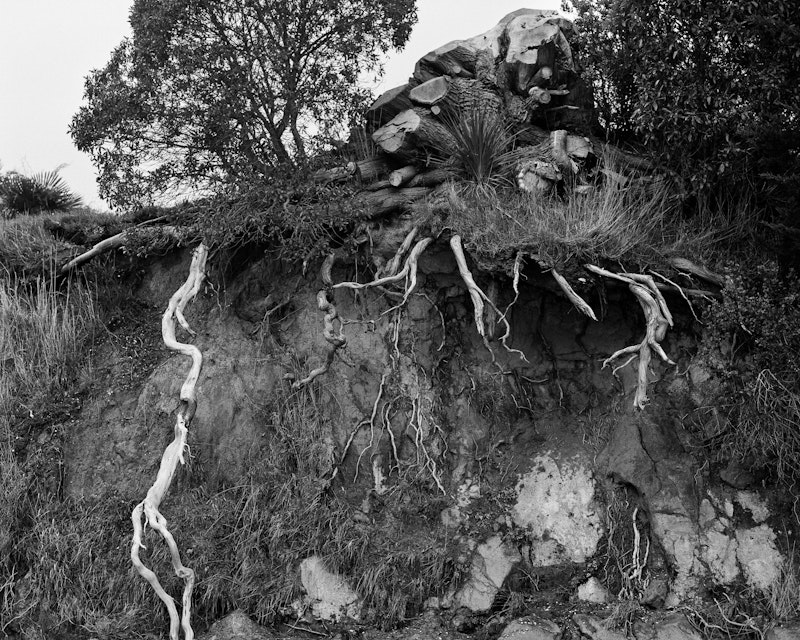
Whakapapa, The layering of history which is created by reciting genealogies and legends, an important skill central to Māori culture. Whakapapa connects us to our ancestors and the land. By recalling myths, stories and events we add layers, meaning and experience into and onto the land.
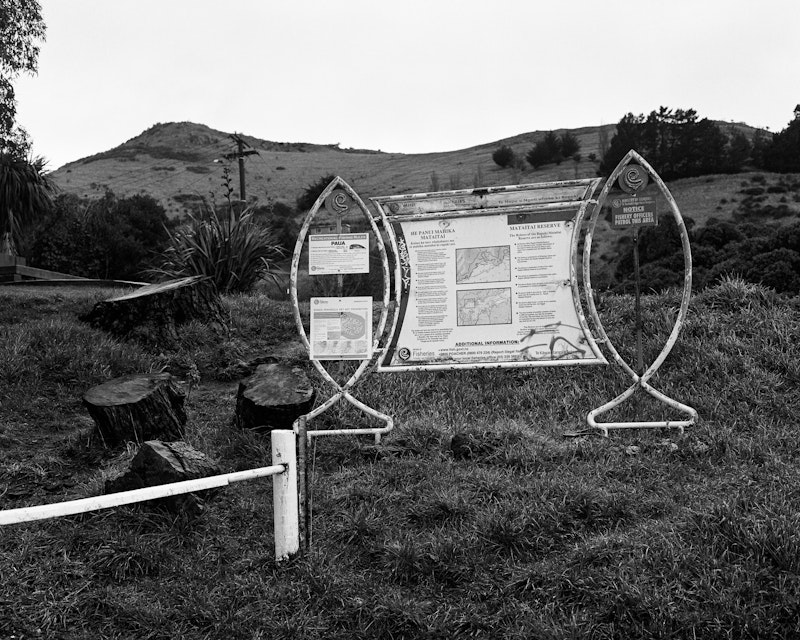
The gathering and eating of Kaimoana (seafood/shellfish) has always been an important part of life at Rāpaki. The pa (settlement) was purposefully established within close distance to the ocean. In the past thirty years the water quality of the harbour has dramatically declined which has subsequently altered life at Rāpaki. A Mataitai Reserve is an area where the tangata whenua (people of the land) manage all non-commercial fishing by making bylaws. The Mataitai Reserve at Rāpaki was established in 1998 and was the first ever of its kind.
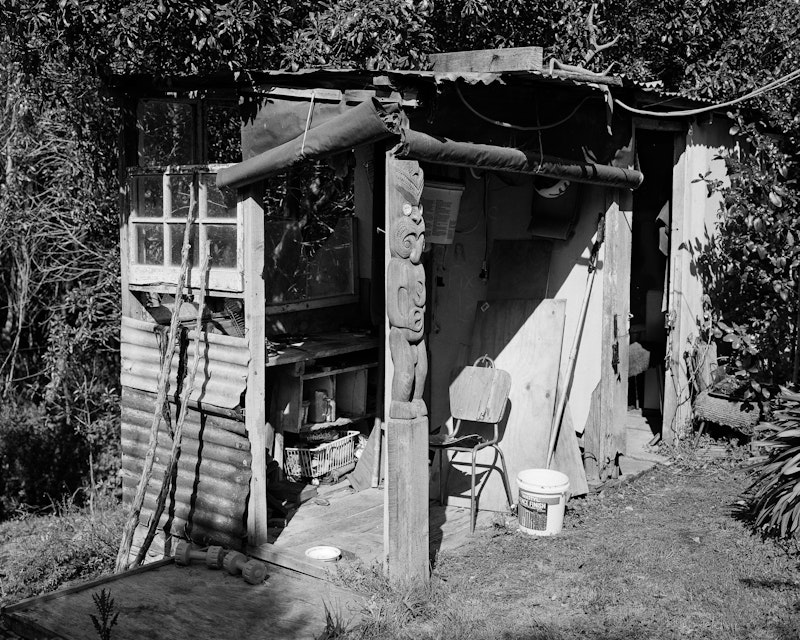
Rewi is a self-taught artist specialising in carving and sculpture. The Couch’s ancestoral line stems from Rāpaki , many of whom, like Rewi, still live in the area.
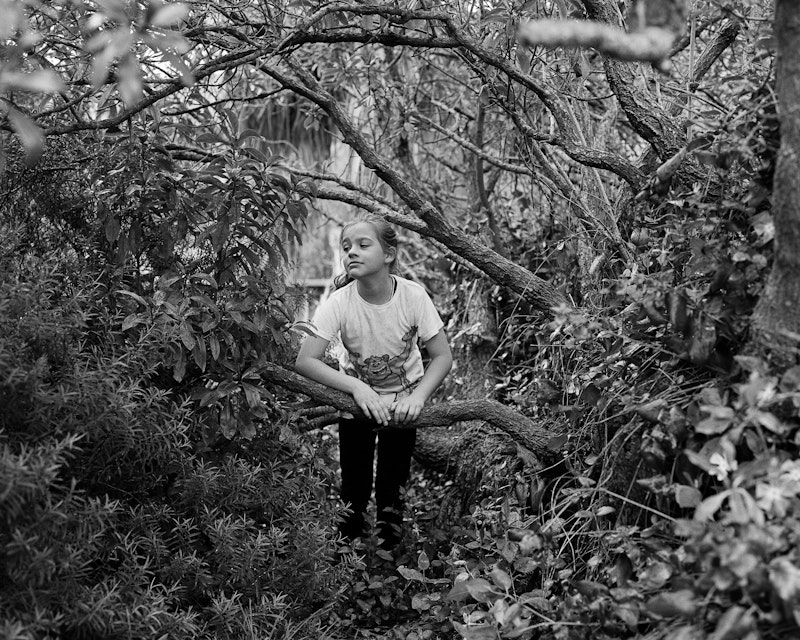
Sophia is the Granddaughter of June Swindells. June’s ancestoral line stems from Rāpaki and she is now an active member of the community. Sophia lives in Rāpaki with her parents and older brother on a section of land infront of her grandparents. As the population of Rāpaki ages, notably fewer children live in the area. To entertain herself, Sophia builds huts in the bush that surrounds her house. She’s convinved that Tamatea controls the weather.
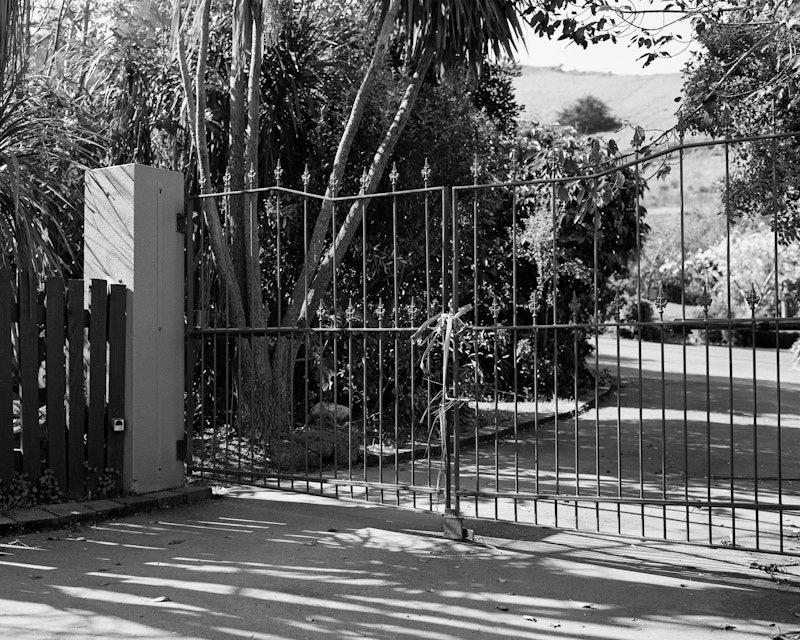
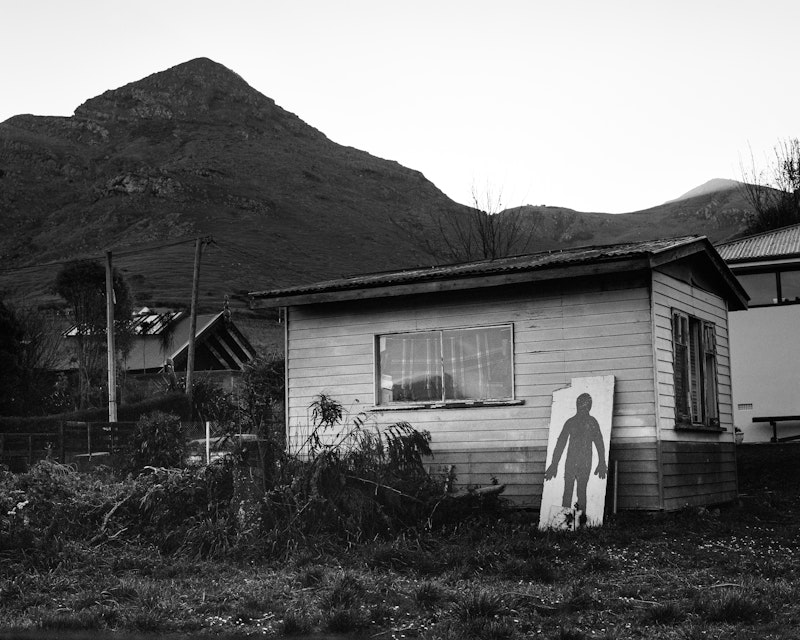
'Tamatea a dark grey triangle of rhyolite, thrusting its naked apex into the warm sky a thousand feet and more above the groves and dwelings of Tikao’s people. It looks what it is, the mountain guardian of Rapaki; its presence, grimly grand on dark lowering nights when the mists trail about it and give it added height and dourness, is no less overpowering in the night, when it leans over the deep-cut valley of dreams, a huge rugged blade of blackness etched against the sky.’
-Maori Folk-Tales of the Port Hills, James Cowan.

Many homes beneath Te Poho-o-Tamatea were damaged in Christchurch’s February 2011 earthquake. As a result of rock fall damages, the majority of properties directly under the peak have been deemed red zone. Rocks from Te Poho-o-Tamatea still lay in the bedroooms and lounge of this condemned home.
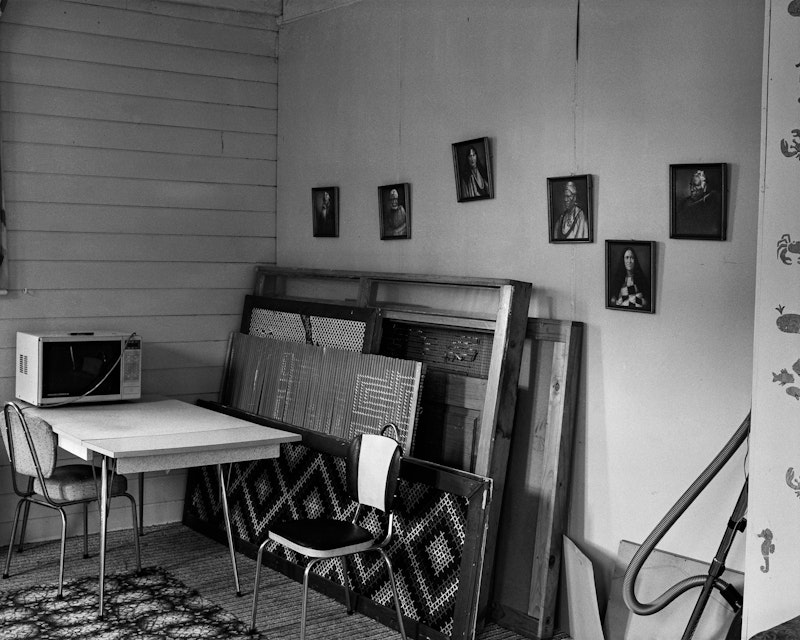
The Rāpaki school opened on 5th November 1878. The school closed breifly before re-opening in 1932. With a lack of children living at Rāpaki it was eventually closed for good. Children now attend primary schools in Ōhinehou (Lyttelton) or the city centre and the building serves as an extention of the Marae, used for meetings or housing larger groups of people.
On the walls hang reproductions of Gottfried Lindauer paintings. Gottfried Lindauer was the leading painter of Māori in the nineteenth centuary and was commisioned by both Māori and Pakeha to paint Māori tribal leaders and well-known figures.
From left to right: Renata Kawepo, Tama Ki Hikurangi, Tokena Te Kerehi, Te Paea Hinerangi, unknown, Huria Matenga Ngarongoa, Retene Hihitawa.
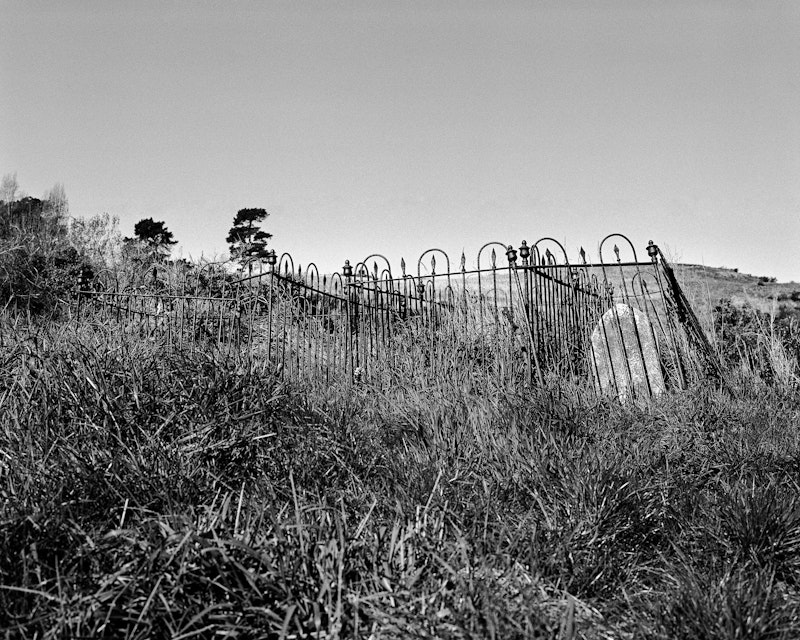
The Urupa (burial sites) are considered to be the mossignifcant of all wahi tapu (sacred sites). The Urupa at Rāpaki surrounds the small whare karakia (Māori church building) and extends up onto the hill over looking Rāpaki. Only people of Māori decent or a non-Māori partner of Māori can be buried in the urupa.
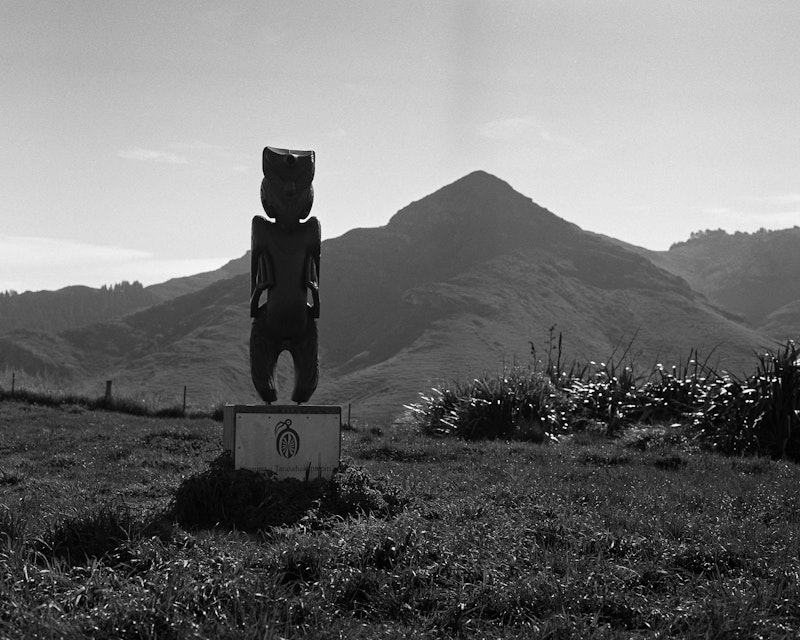
A Pouwhenua is a hand carved wooden post that marks a boundary or a place of signifcance. The Pou Whenua at Otuherikio (Pages Point) signifies the boundary line between Rāpaki and land sold off in a post Waitangi Treaty document known as Kemps Deed. Sixteen Ngāi Tahu chiefs signed Kemps deed in 1848, selling off larger pieces of their land to be used for new settlement. Reserves, especially places which were used to gather food, such as Rāpaki, were retained by Māori.

Omaru is a fresh water spring that runs down the valley from Te Poho-o-Tamatea. The spring is one of many wahi tapu which exist throughout the harbour. New planting of native bush is evident throughout Rāpaki, especially here along the edge of the Omaru. It’s hoped that this new bush life will help filter debris that enters the stream and pollutes the harbour.
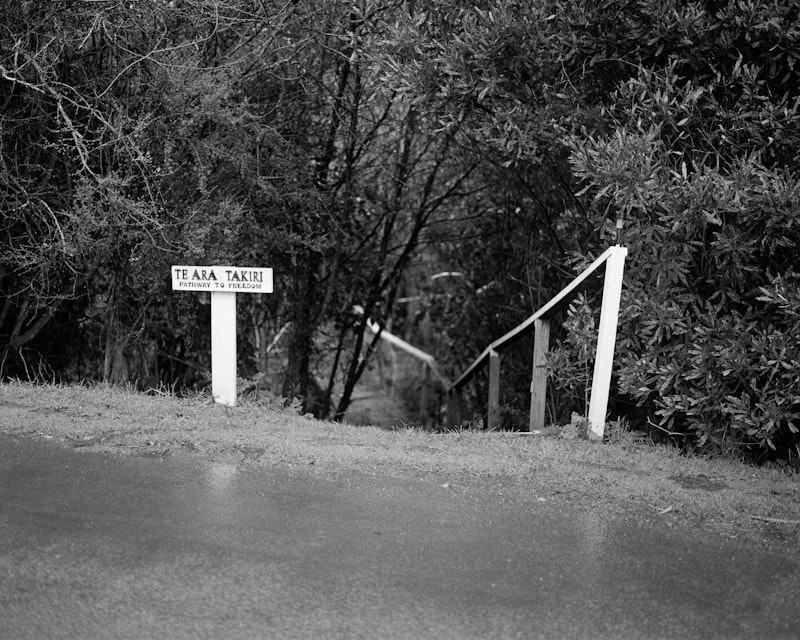
‘Te ara takiri’, was built by local Henry Couch after the February 2011 earthquake. The handmade pathway and bridge leads over Omaru acting as an escape route from further falling rocks from the surrounding hills.
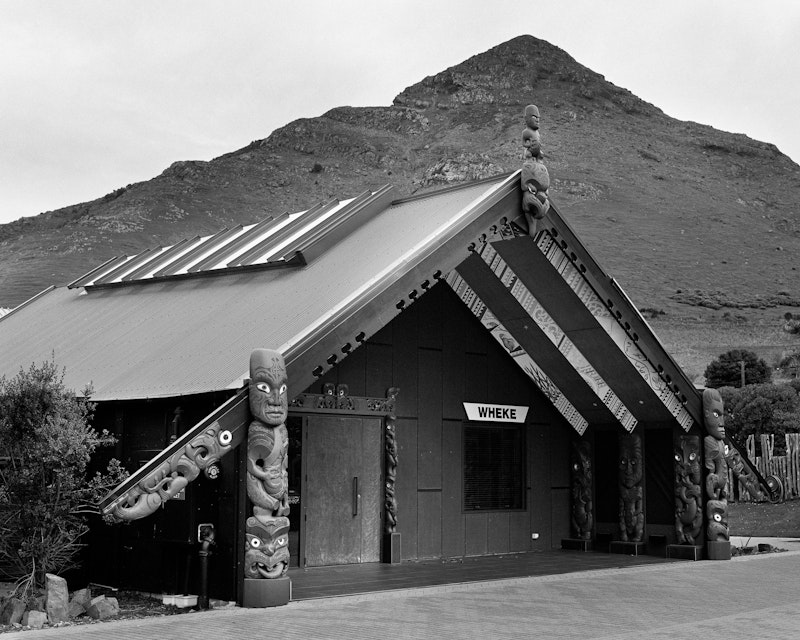
Whilst Te Rangi continued his raids on the South Island his son Te Wheke remained at Rāpaki. The Marae, ‘Wheke’ is proudly named after the chiefs son, whose name means octopus. Together, Rāpaki Whānau (family) built the original marae ‘Te Wheke’ which opened on 30th December 1901. In November 2008 Te Wheke was dismanteled and cremated after serving the community for over one hundred years. In its place was built a traditional whare whakairo (carved house).
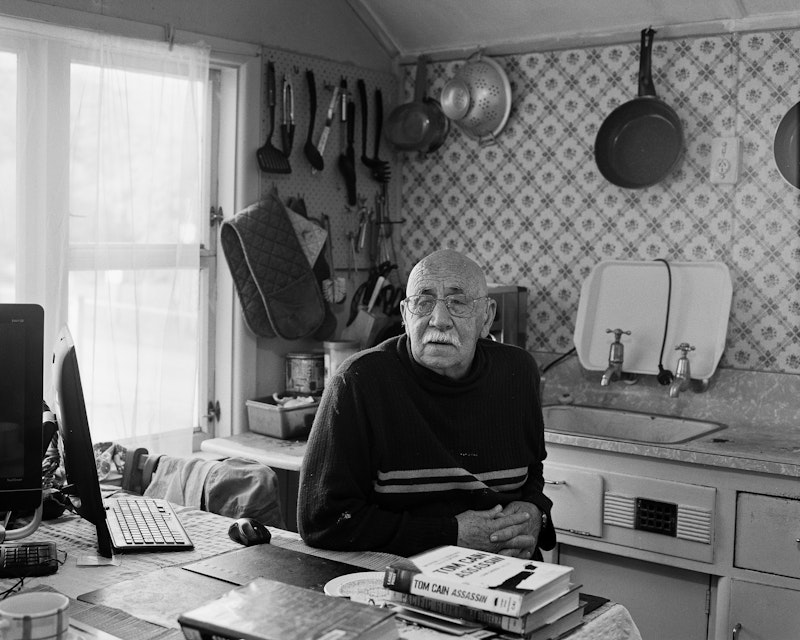
David married into Rapaki. He and his wife, Herewini, live in a house on the Rāpaki waterfront. Herewini, like many other residents in the area, inherited their property through family.
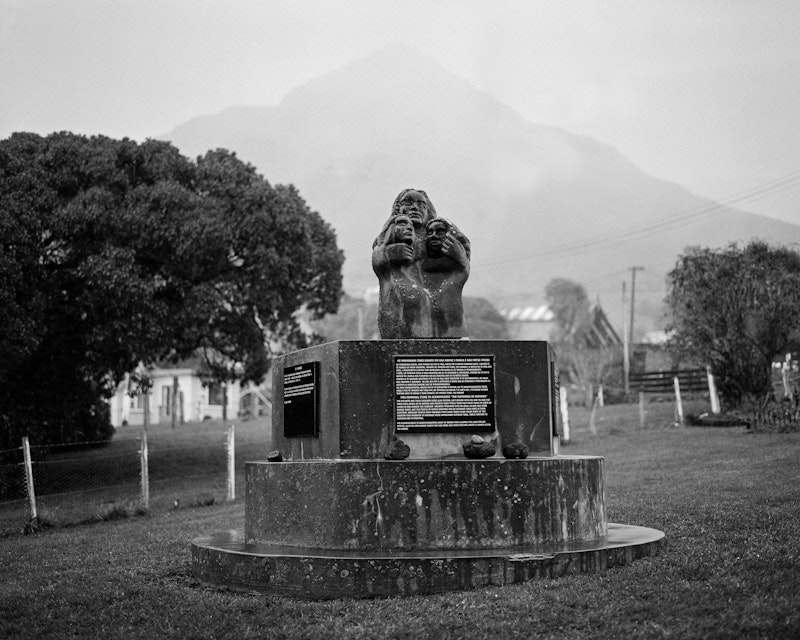
During the Taranaki war (a land dispute between Māori and colonial settlers), many Māori were removed from Parihaka, a small community in the Taranaki region, as prisoners. They were sent to numerous places in the South Island, one place being Ōtamahua (Quail Island) which is situated in the centre of Whakaraupō. The memorial outside the Whare Karakia (small church) at Rāpaki is dedicated to the people of Parihaka who perished on Ōtamahua as a result of the war. The bodies which are now buried underneath the monument consist of women, men and children.
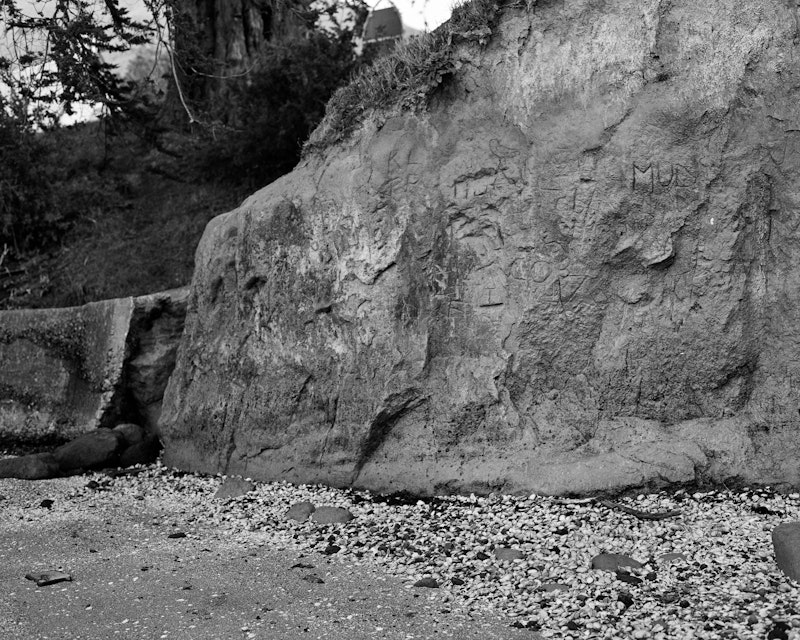
The cliff face at Rāpaki beach has been carved into by locals and visitors for generations. This part of the beach, directly in front of the church and burial ground, is considered tapu. When a member of the community passed away their clothing and bedding would be burnt here at low tide.

Together the people of Rāpaki built the Whare Karakia, including painting the exterior and the interior. Today the building remains in a similar condition it did one hundred and fifty years ago. Inside the Whare Karakia woven matts line the aisle and hand made cushions rest on the pews. At the altar lays open a Māori bible resting on a rock. On the wall hang portraits of past reverends.
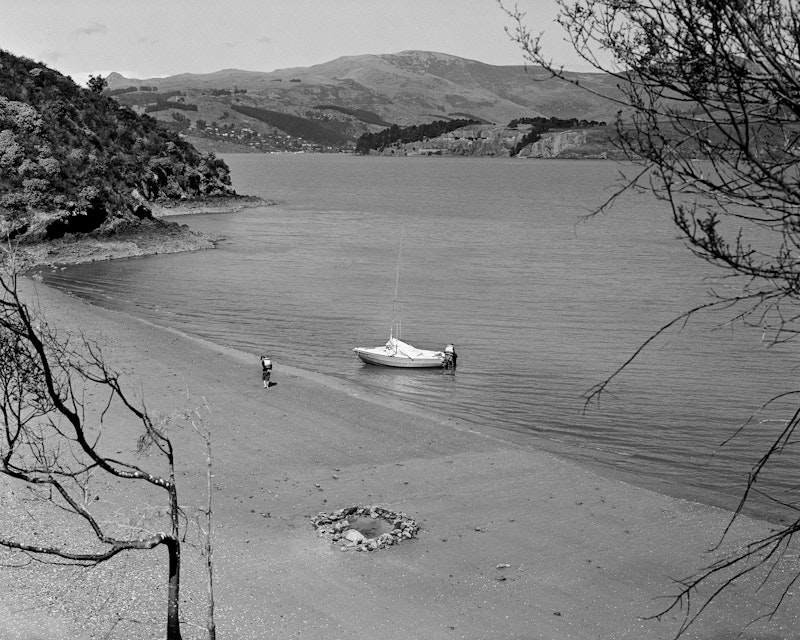
The boat ‘Fathom’ and its two passengers are blown into Rāpaki beach whilst trying to reach Ōhinehou. Small rock pools like the one in the foreground are often seen on the beach at low tide. If you dig deep enough in the sand hot springs can be found, reminding the community that Whakaraupō is the inner rim of a dormant volcano.
